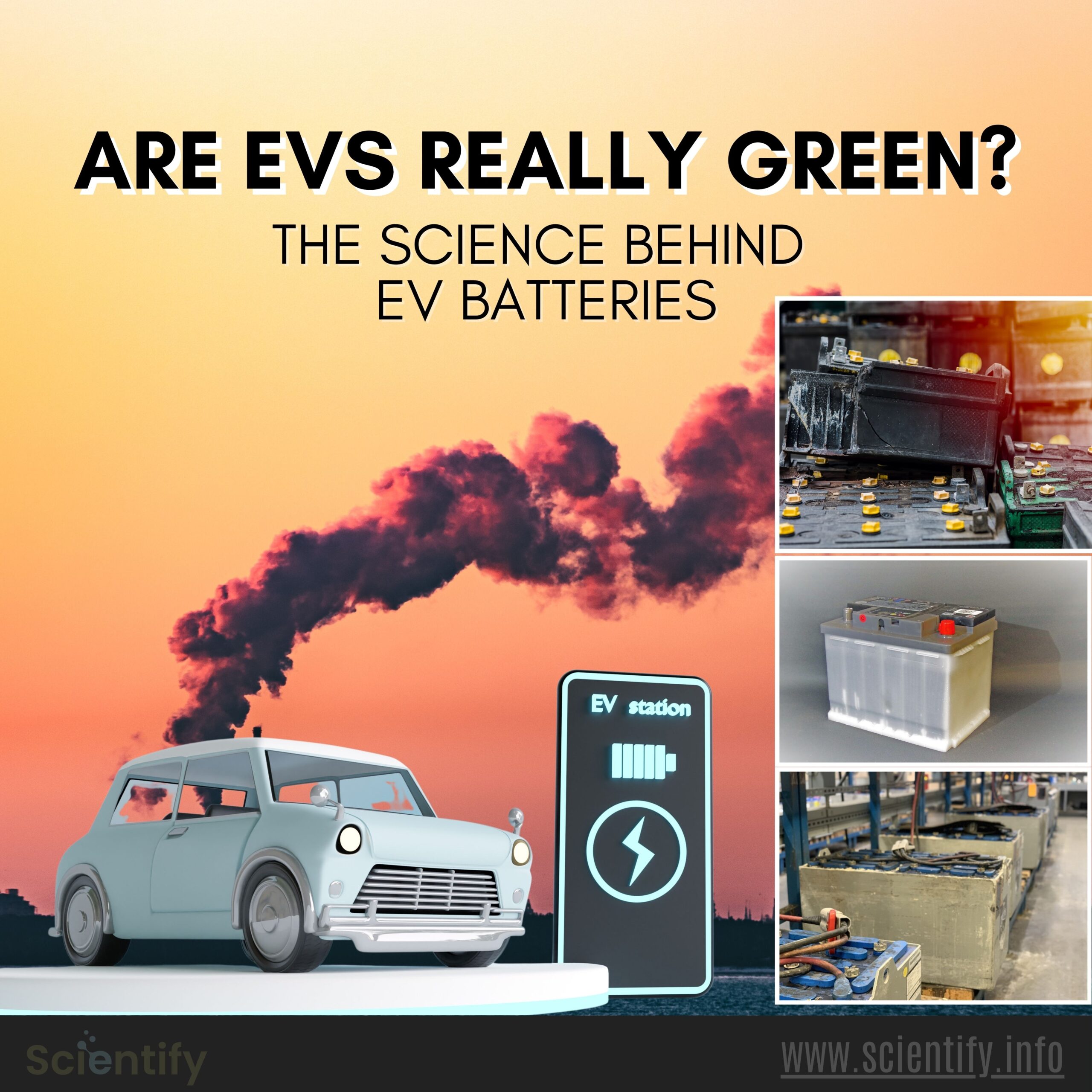As electric vehicles (EVs) surge in popularity, many view them as a clean and sustainable solution, along with Electric Vehicle Batteries. With no tailpipe emissions and lower dependence on fossil fuels, EVs promise a greener future. But beneath the surface of this clean technology lies a more complex environmental story, one rooted in the production of the very thing that powers them: Electric Vehicle batteries.
The Environmental Cost of Battery Production

Producing electric Vehicle Batteries, particularly lithium-ion batteries, is a resource- and energy-intensive process that has raised growing environmental concerns. These batteries require the extraction and refining of raw materials like lithium, cobalt, and nickel, which often involves practices that are far from environmentally friendly.
Raw Material Extraction: A Hidden Footprint

Mining for lithium-ion battery components can result in significant ecological damage. In regions such as the Lithium Triangle in South America home to over half the world’s lithium reserves. Lithium extraction has been known to consume as much as 65% of the local water supply, leading to severe water shortages for surrounding communities and ecosystems.
Cobalt, another key battery material, is largely mined in the Democratic Republic of Congo (DRC), where operations are frequently associated with deforestation and releasing harmful byproducts into the environment. In both cases, extraction practices contribute to soil degradation, ecosystem disruption, and environmental pollution.
High Energy Use in Manufacturing

Creating a battery doesn’t just rely on raw materials. It requires immense energy to process them. Some steps in battery cell manufacturing, such as sintering or electrode drying, demand extremely high temperatures (800–1000°C), which are often achieved through fossil fuel combustion. As a result, battery manufacturing facilities can emit considerable amounts of carbon dioxide (CO₂), especially in countries where electricity still comes primarily from coal.
The location of manufacturing plants plays a major role in the overall environmental impact. For instance, many lithium-ion batteries are produced in China, where coal remains a dominant energy source. This reliance on fossil fuels further increases the carbon footprint of Electric Vehicle batteries produced.
Greenhouse Gas Emissions: From Mine to Assembly Line

While EVs don’t emit CO₂ on the road, their batteries have a significant carbon cost during production. The total emissions from mining, refining, and assembling one large EV battery, such as the 80 kWh battery, can range anywhere from 2.4 to 16 metric tons of CO₂, depending on manufacturing methods and location. This also impacts on air pollution. Here are 5 facts about air pollution you need to know.
Chemical Use and Hazardous Waste

Electric Vehicle Batteries production also involves the use of various chemicals that can be hazardous if not properly handled. Improper disposal or leakage can lead to soil and water contamination, posing risks to nearby communities and wildlife. Though modern factories are becoming more efficient and regulated, issues persist in regions with weak environmental oversight.
So, Are EVs Truly Green?

The answer is both yes and no, depending on how we define “green.” EVs certainly reduce tailpipe emissions and help cities improve air quality. Over their lifetime, they generally produce fewer emissions than gasoline-powered vehicles, particularly when charged using renewable energy.
However, it’s essential to acknowledge the environmental challenges tied to the production of their batteries. These impacts are often front-loaded, meaning most of the environmental cost occurs before the vehicle ever hits the road.
Conclusion: A Step in the Right Direction, But Not the Final Destination
EVs are an important part of the transition to cleaner transportation, but they’re not a perfect solution. Recognizing and addressing the environmental impacts of Electric Vehicle Batteries is crucial to making EVs genuinely sustainable. Future advancements in green manufacturing, ethical sourcing, and battery recycling will be key to reducing their ecological footprint.
In the meantime, transparency and continuous innovation in the EV sector will ensure we move toward a greener, cleaner future, not just on the road, but throughout the entire lifecycle of the technology.













